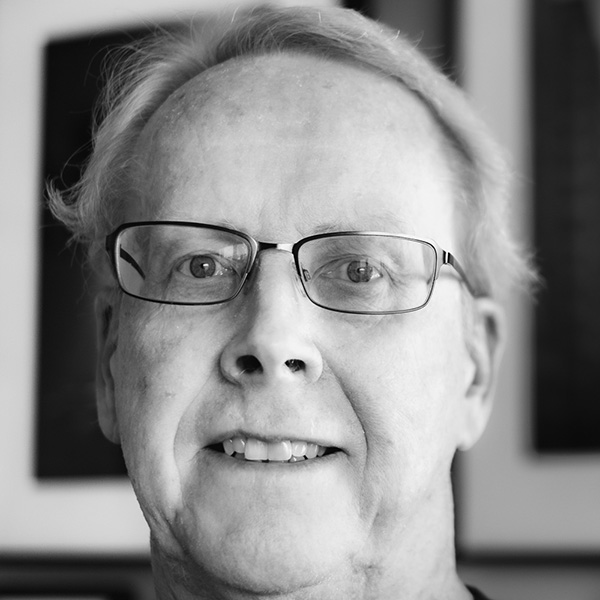Wayne Swanson is a fine art photographer living in San Diego. Born and raised in Chicago, he still clings to his Midwestern sensibility.
He is a graduate of the Medill School of Journalism at Northwestern University. His career has included writing and photography for newspapers, magazines, book publishers, and corporate clients. He is a member of the Snow Creek Collaborative, a critique group of award-winning Southern California fine art photographers.
His fine art photography has been included in juried exhibitions in Los Angeles, San Diego, New York, Boston, Houston, Fort Collins, and more. He has been featured in publications including Shots Magazine, The Hand Magazine, Lenscratch, Rfotofolio, Aint-Bad, and Float. As a writer, he is a contributing editor for PhotoBook Journal.
Statement
"We take for granted so much of what we see around us. I like to look at the familiar with fresh eyes, searching for the wonder in the ordinary. Then I find a means of presentation that suits my subject. That could mean single images, composites, grids, or 3-dimensional objects. The output could be digital prints, Polaroids, or image transfers. My interests range from shapes and forms, architecture, and landscapes to the highly personal. I’m drawn to imagery related to time, memory, atmosphere, a sense of place, and a subtle sense of humor." -- Wayne Swanson
